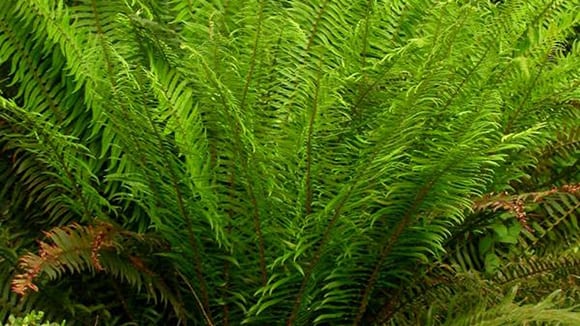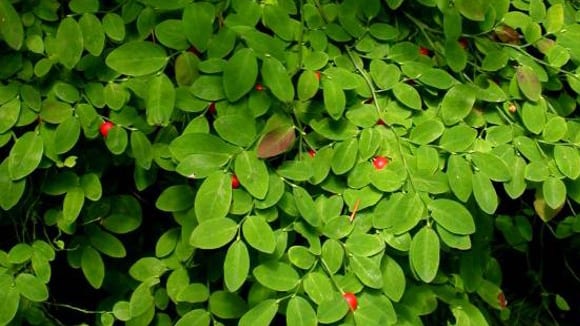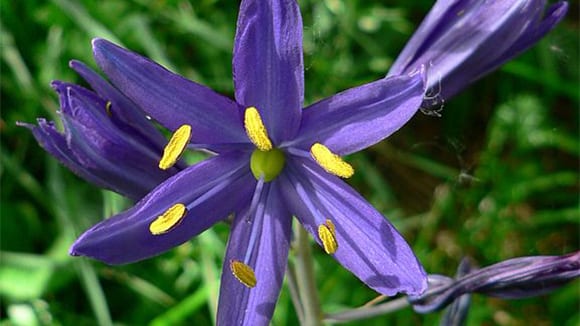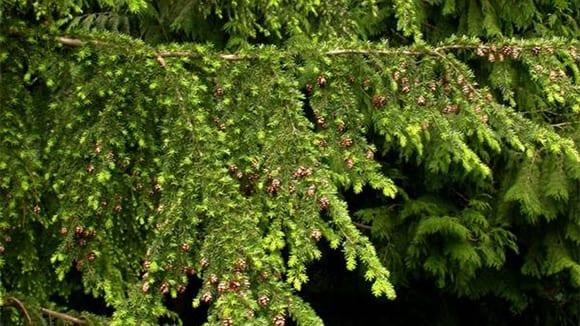
April is Native Plant Appreciation Month, so to help celebrate, here are some quick facts about native plants and why they deserve your attention.
What is a native plant?
According to the National Wildlife Federation, native plants are plants that “occur naturally in a particular region region, ecosystem, or habitat without human introduction.” Native plants are uniquely adapted to the temperature, humidity, soil, and weather of the region where they originated.

Why are native plants important?
Because native plants are designed to thrive in our region, they benefit the entire ecosystem. They attract and sustain animals that are also native to the area, providing them with food and shelter. They help prevent flooding, drought, and erosion of the land, as they slow runoff and their root systems hold the soil.

Why should I garden with native plants?
Native plants are beautiful and tough, and they bring the sights and sounds of wildlife to your garden. They have a better chance of thriving with less labor. Native plants require fewer pesticides than non-native plants and need less fertilizer and water than lawns do.

What is “Native Plant Appreciation Month”?
Native Plant Appreciation Month is a yearly opportunity to educate the community about the benefits of cultivating and preserving native plants. Washington State celebrates Native Plant Appreciation Month in April, and this year’s theme is “Native Pollinators Need Native Plants.”
In 2021, the U.S. Senate passed Resolution 109 proclaiming April 2021 National Native Plant Month. According to this Resolution, “more than 200 of the native plant species in the United States are estimated to have been lost since the early 19th century” due to “habitat loss and degradation, extreme weather events, and invasive species.”

What are some examples of plants native to the Puget Sound region?
Camas, cedars, huckleberries, monkey flowers, ocean sprays, Pacific yews, sword ferns, and western hemlocks, just to name a few.
Where can I learn more about native plants?